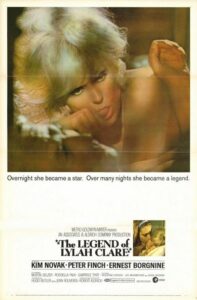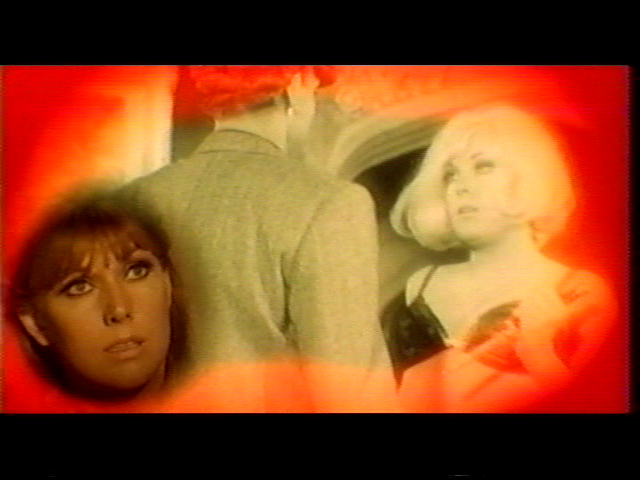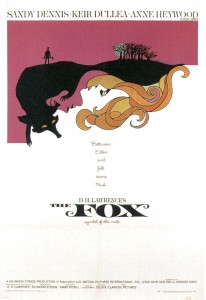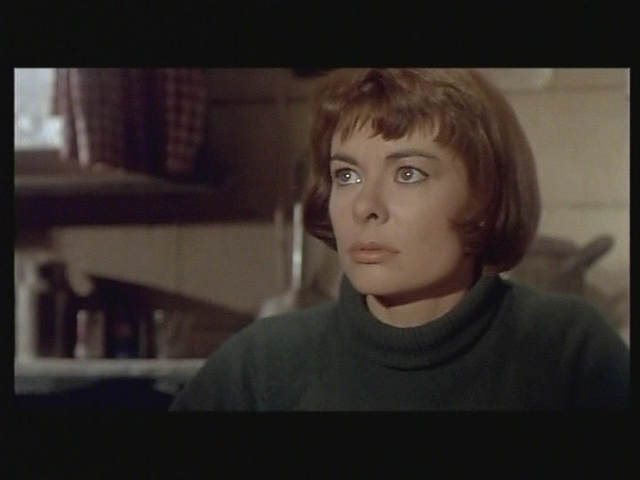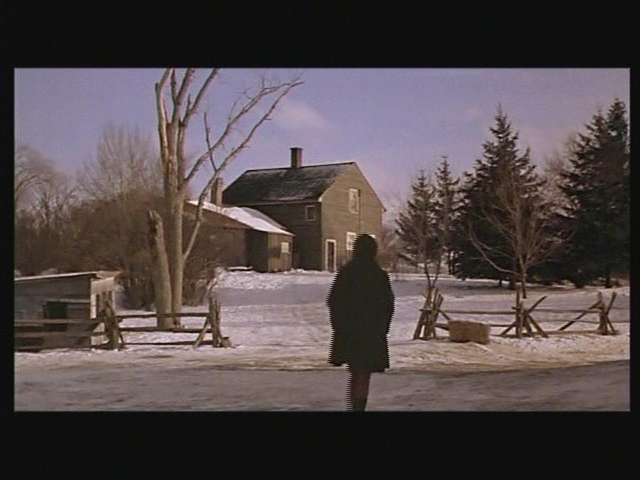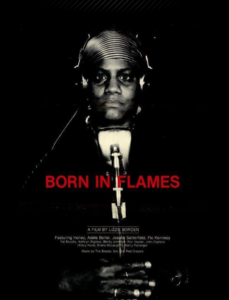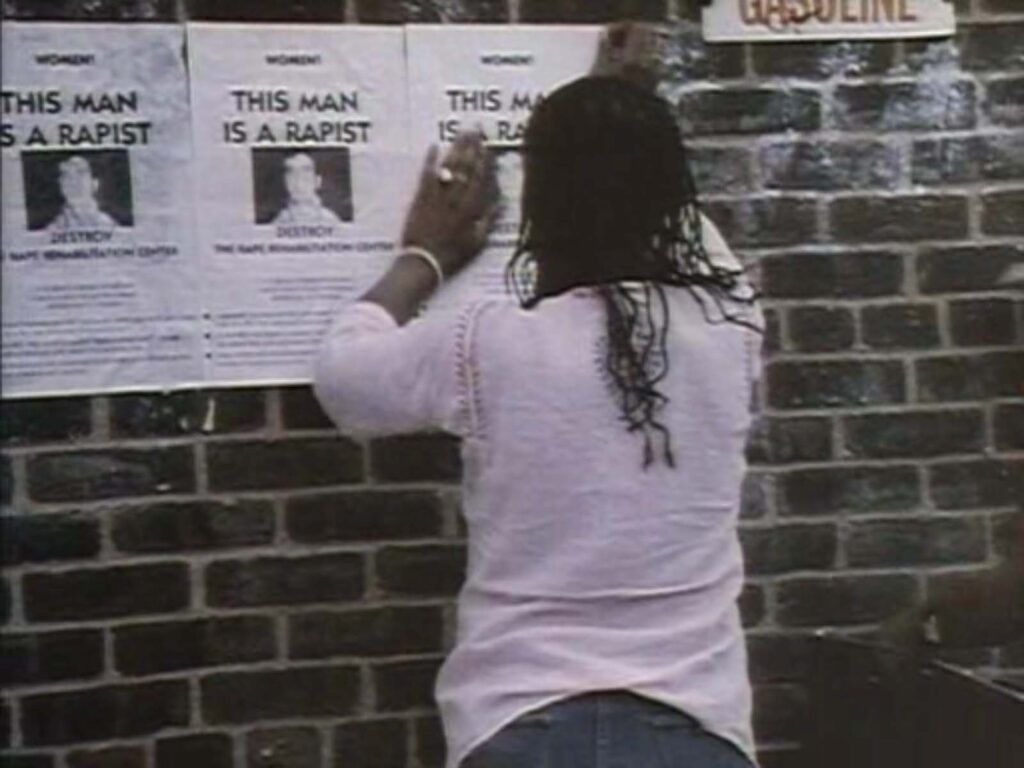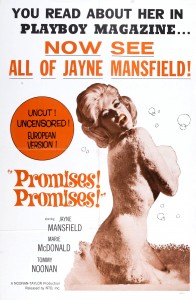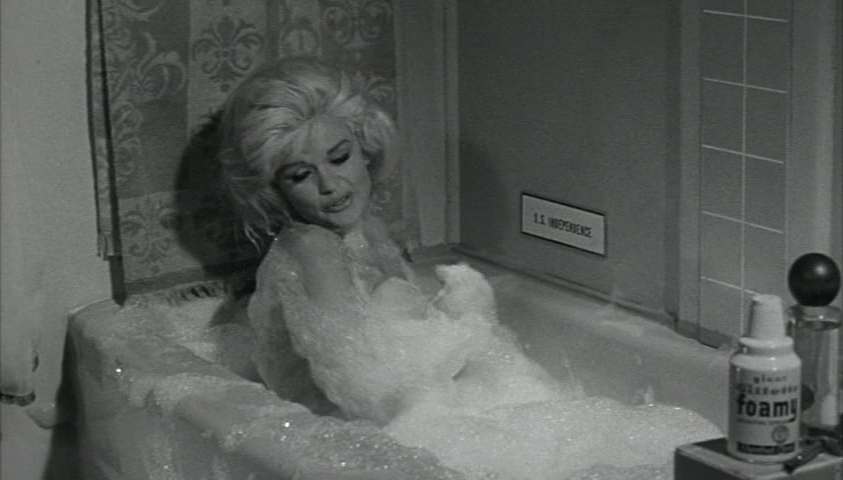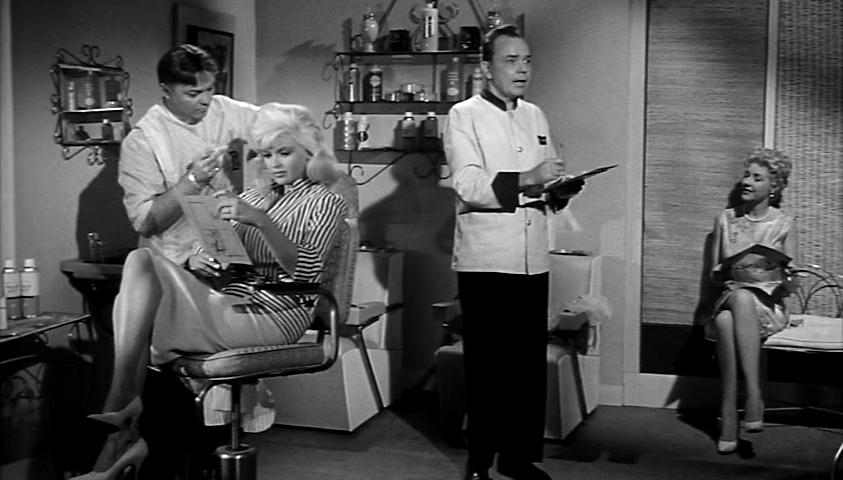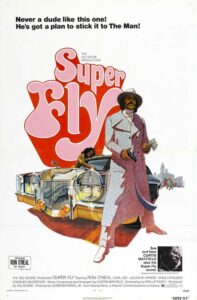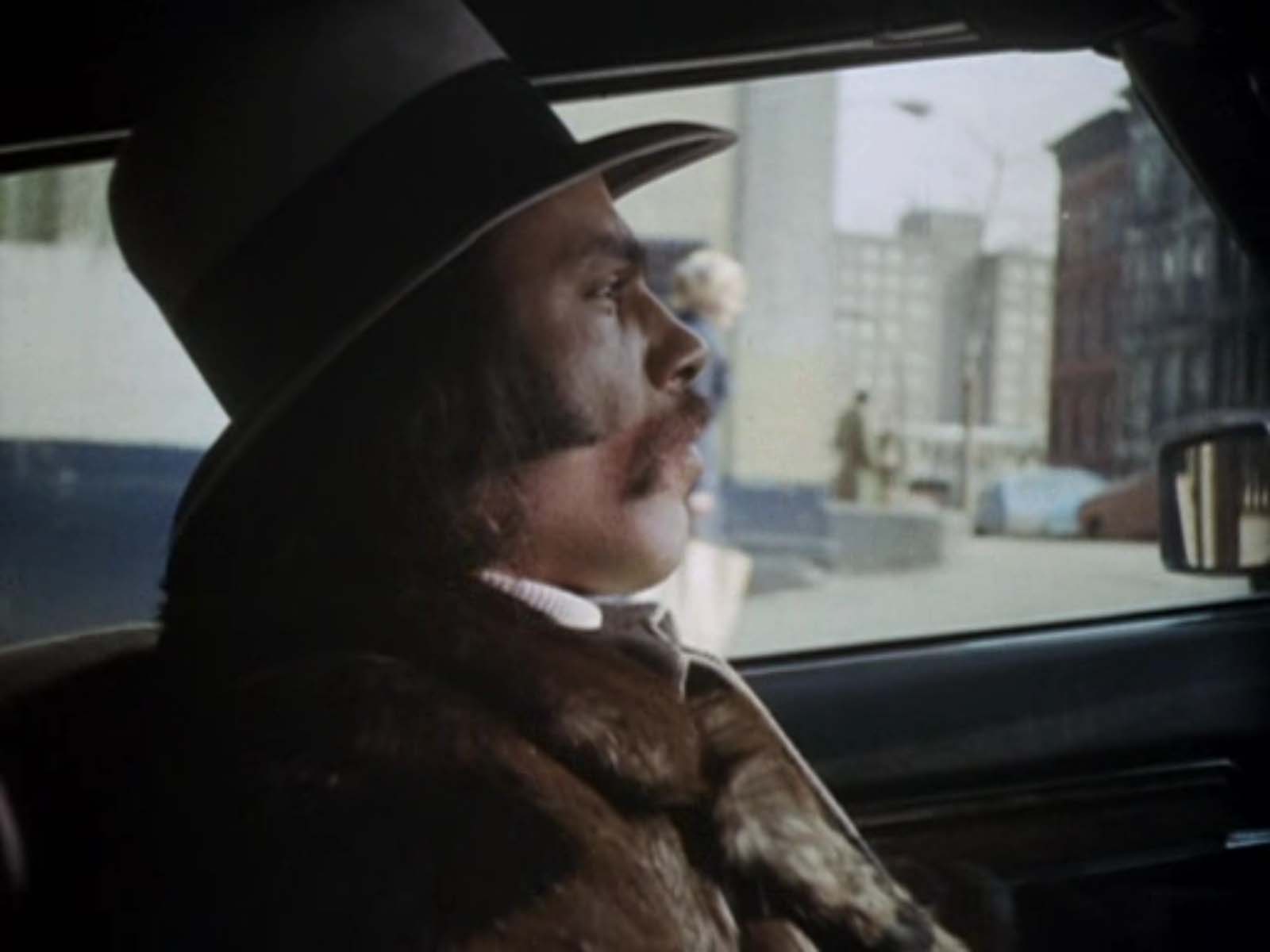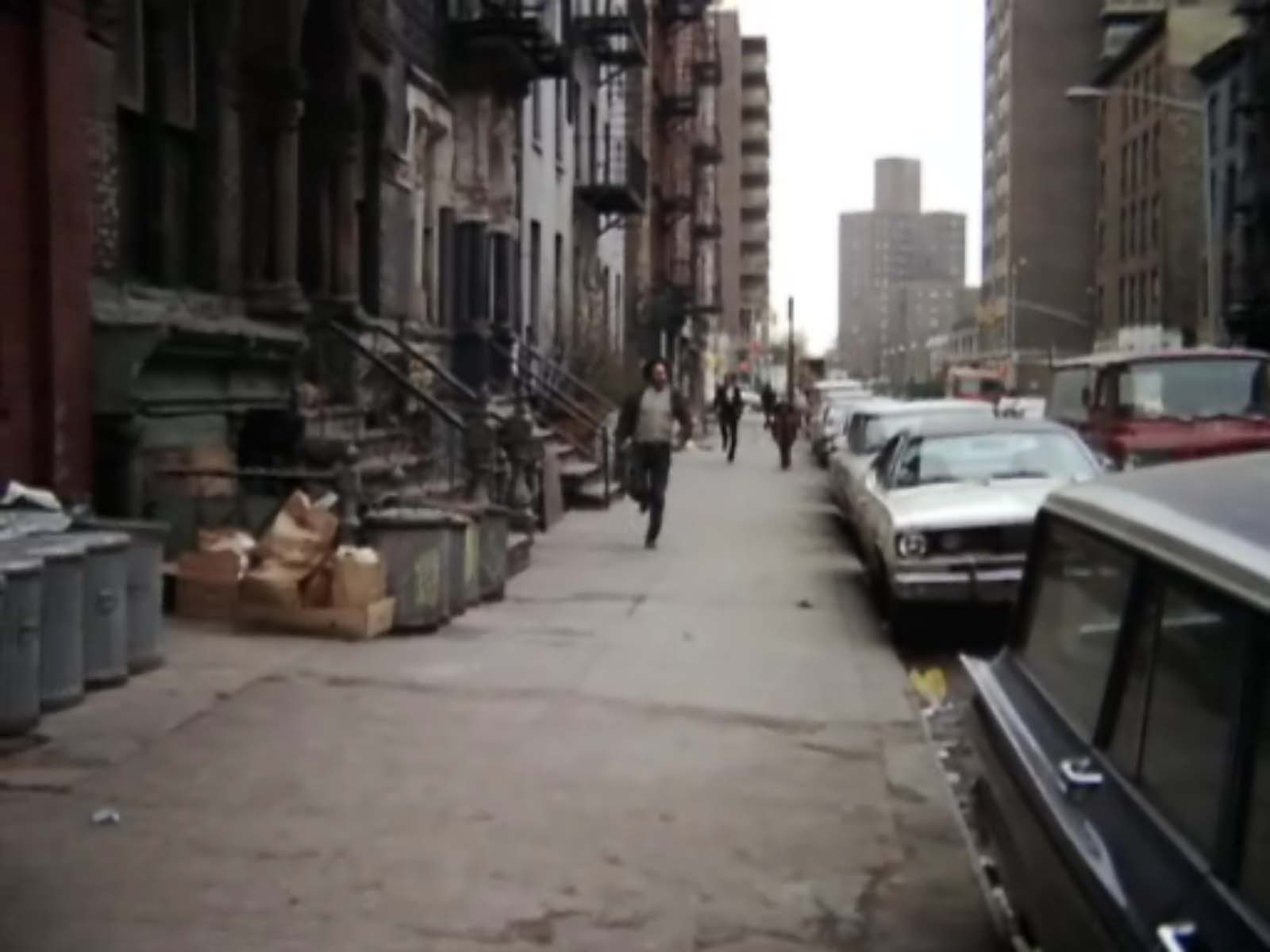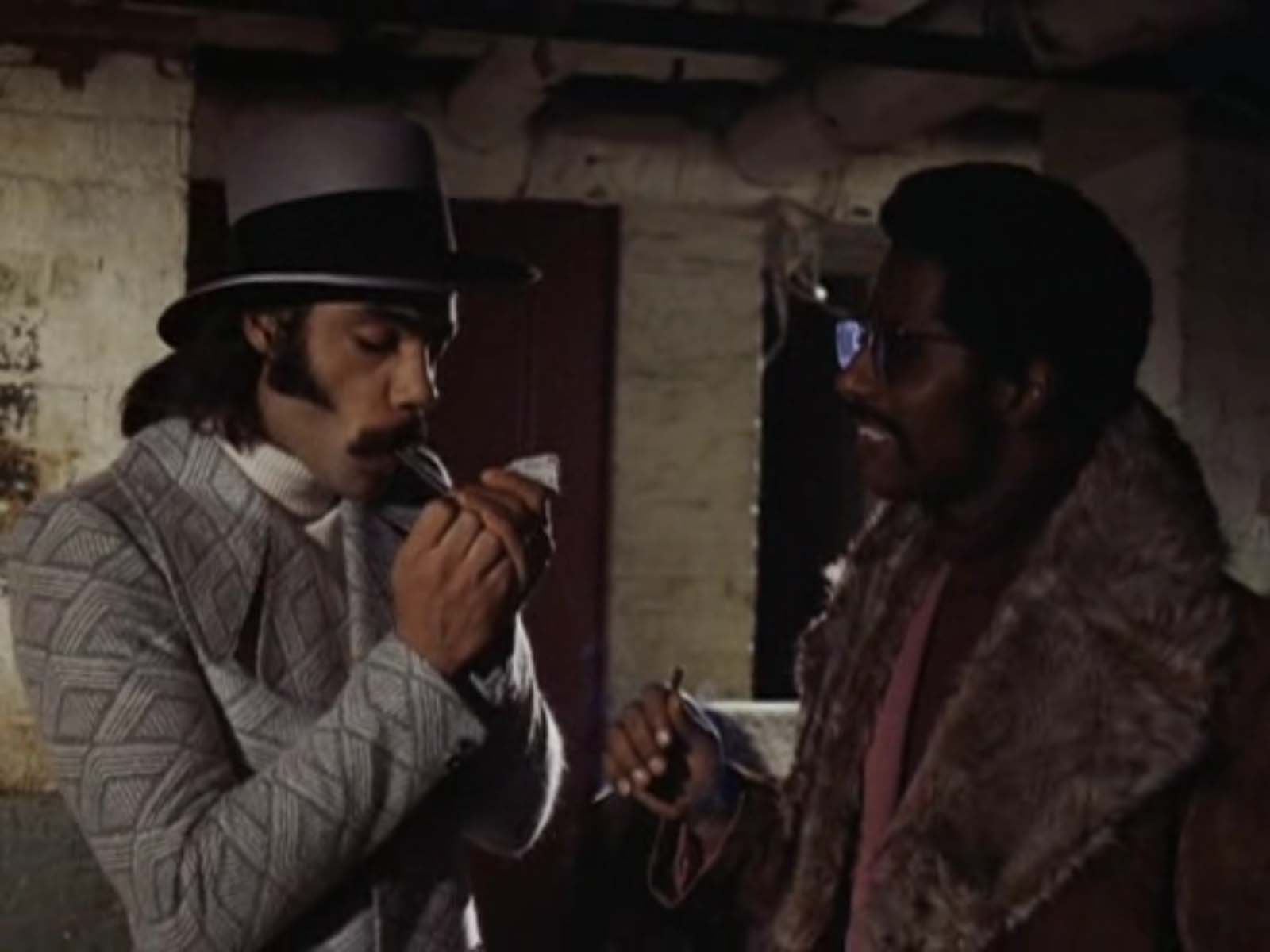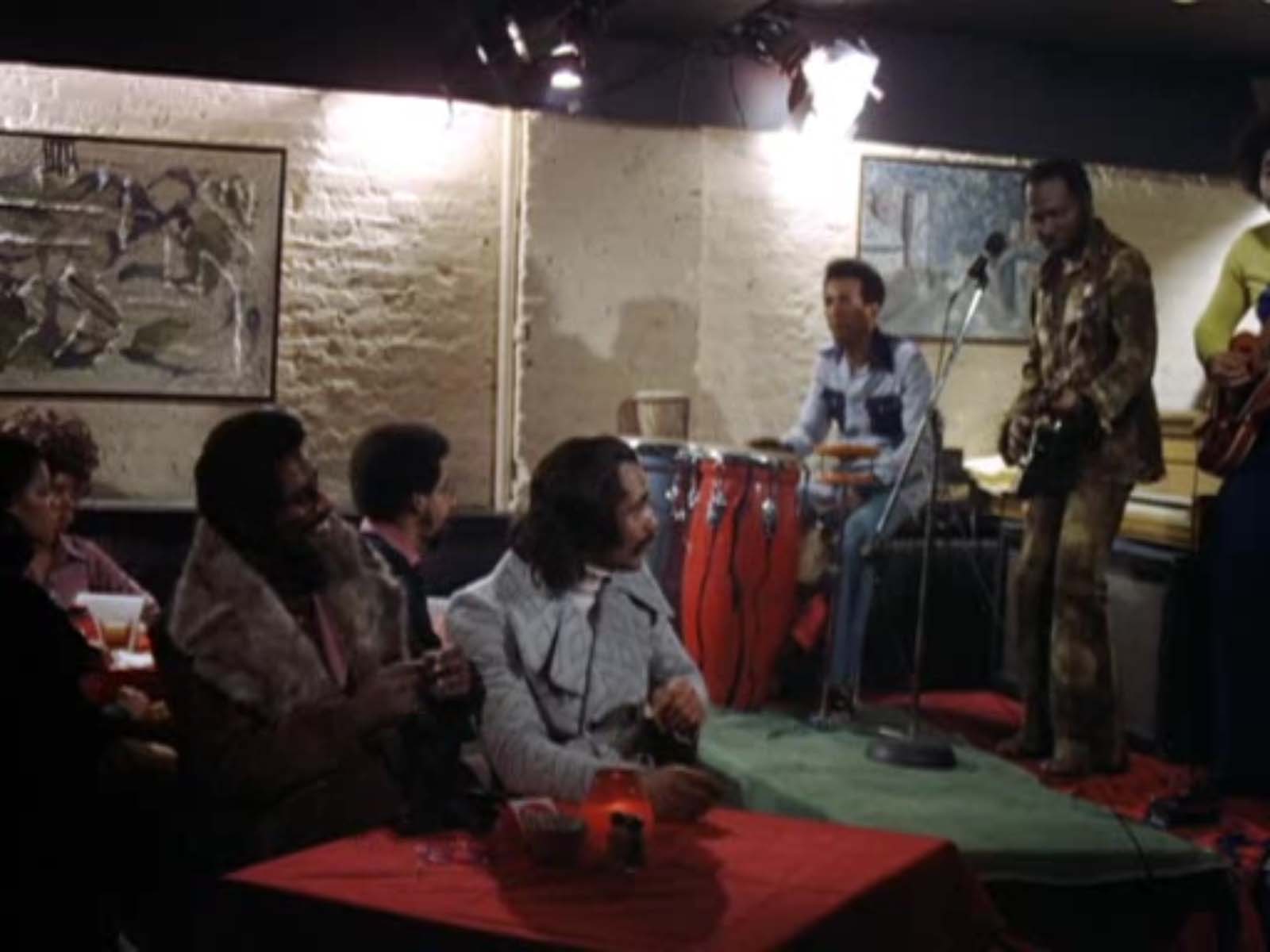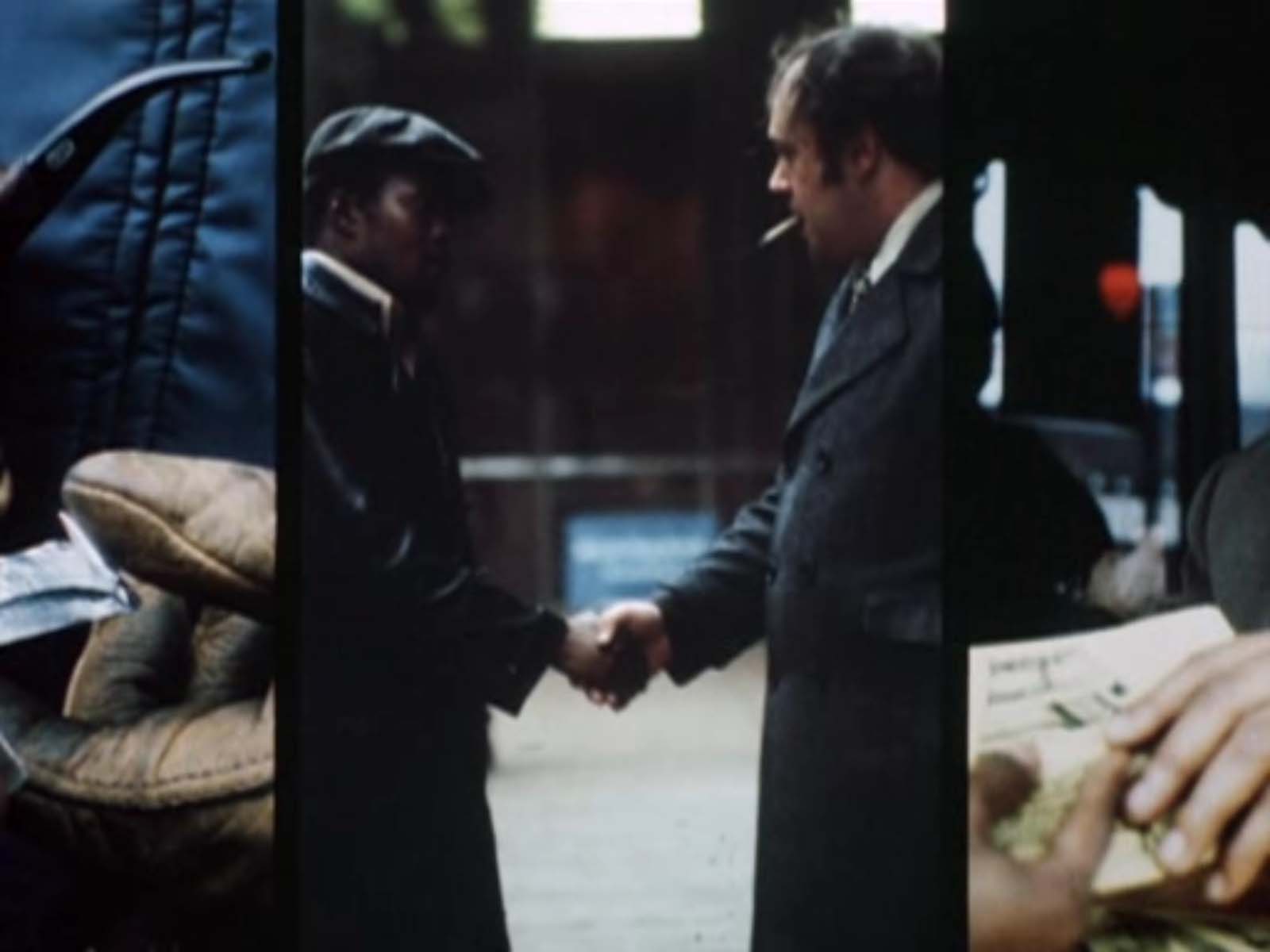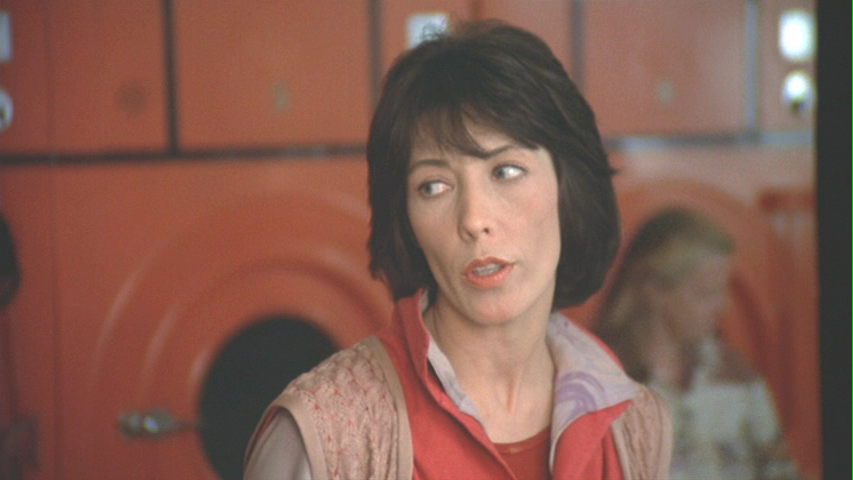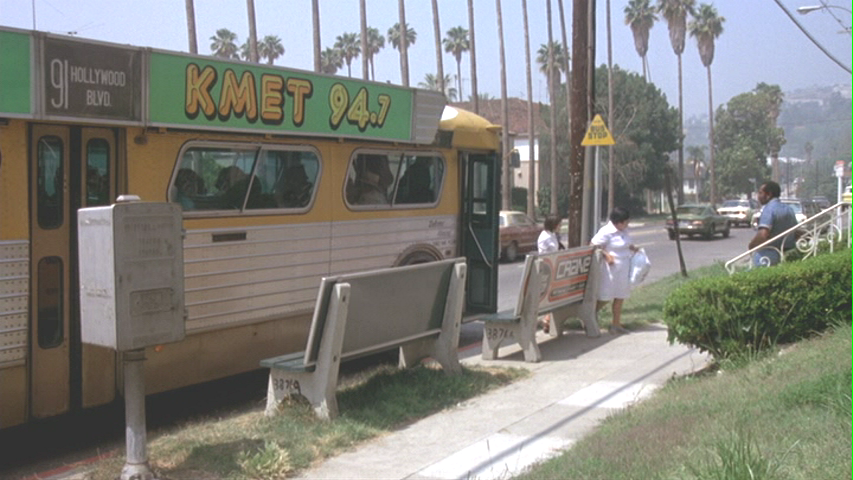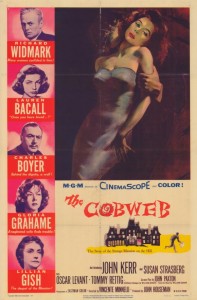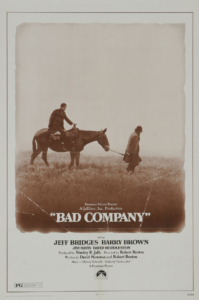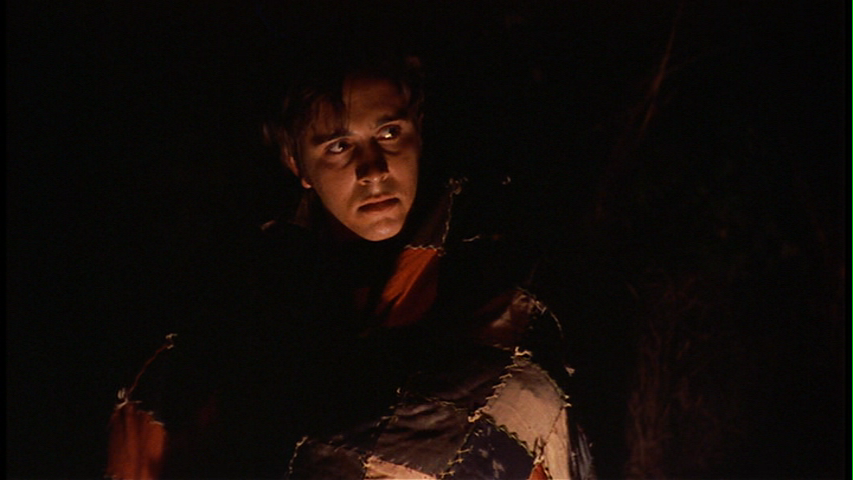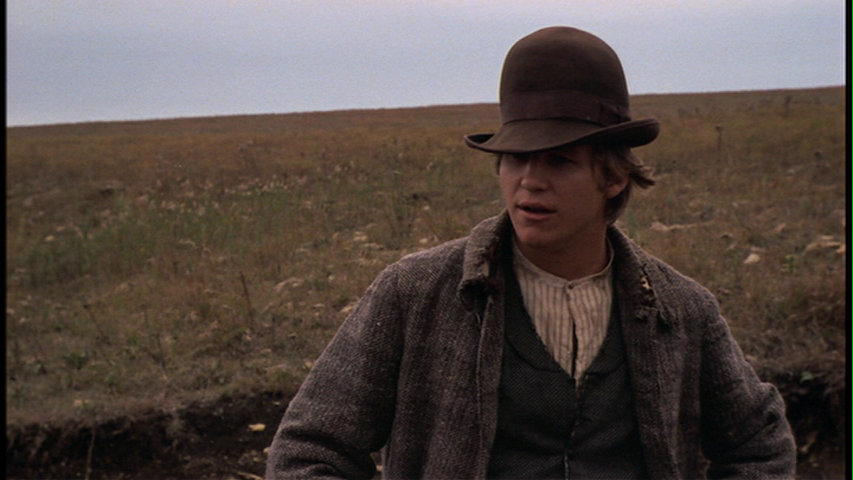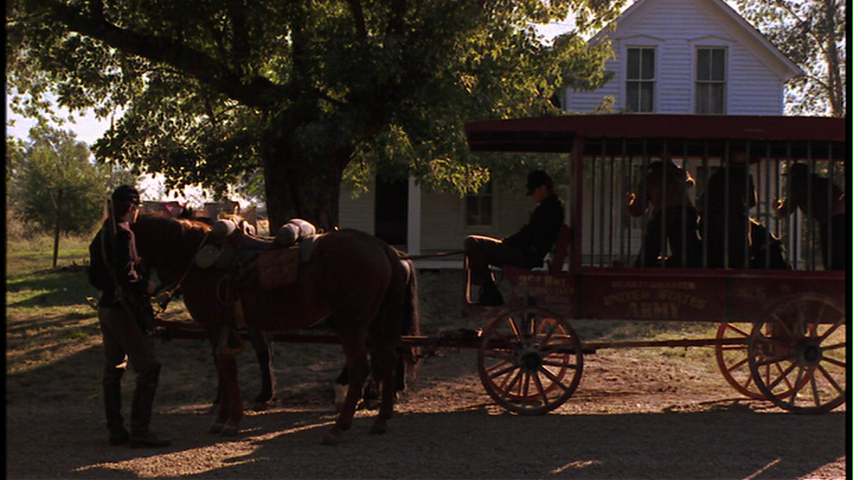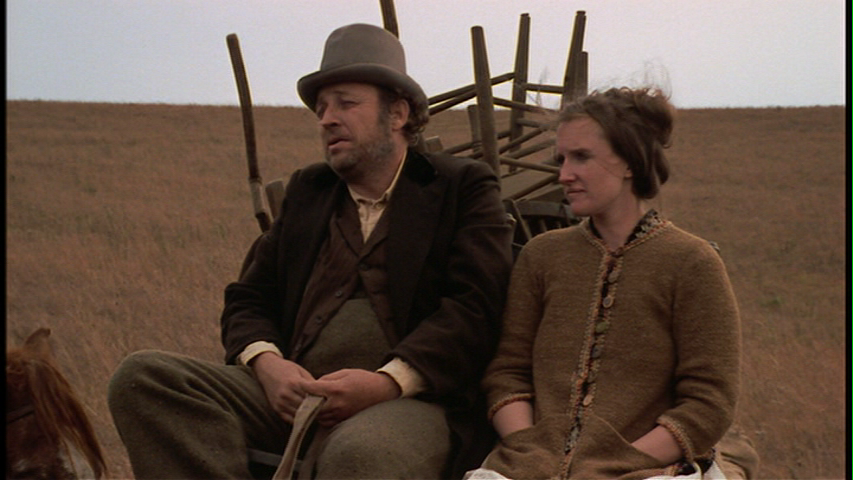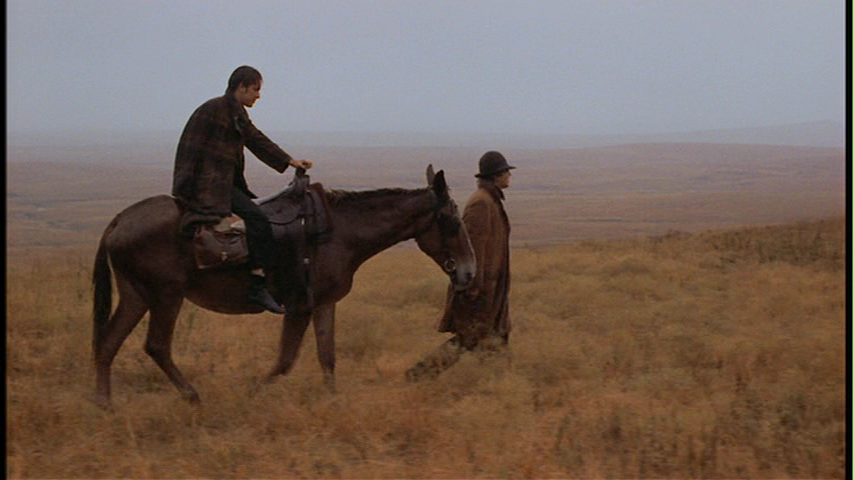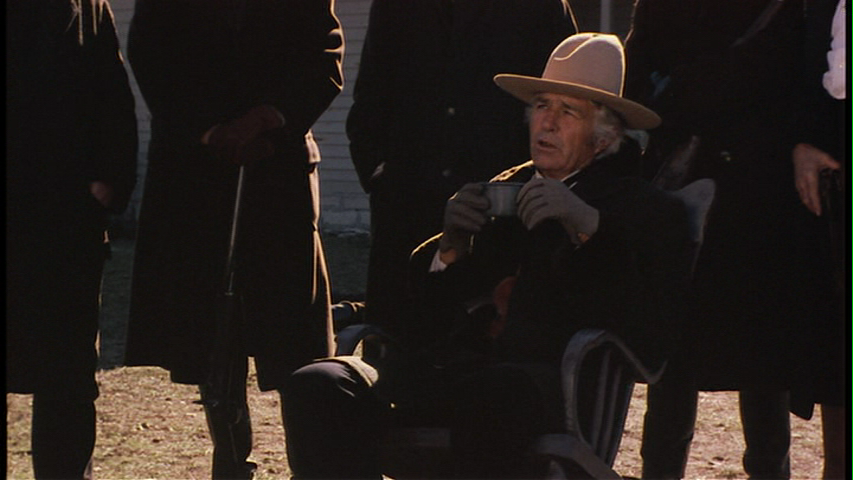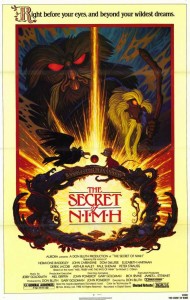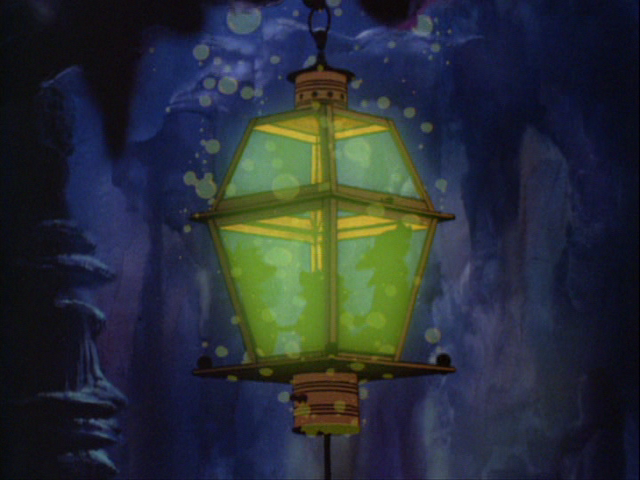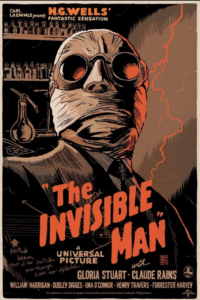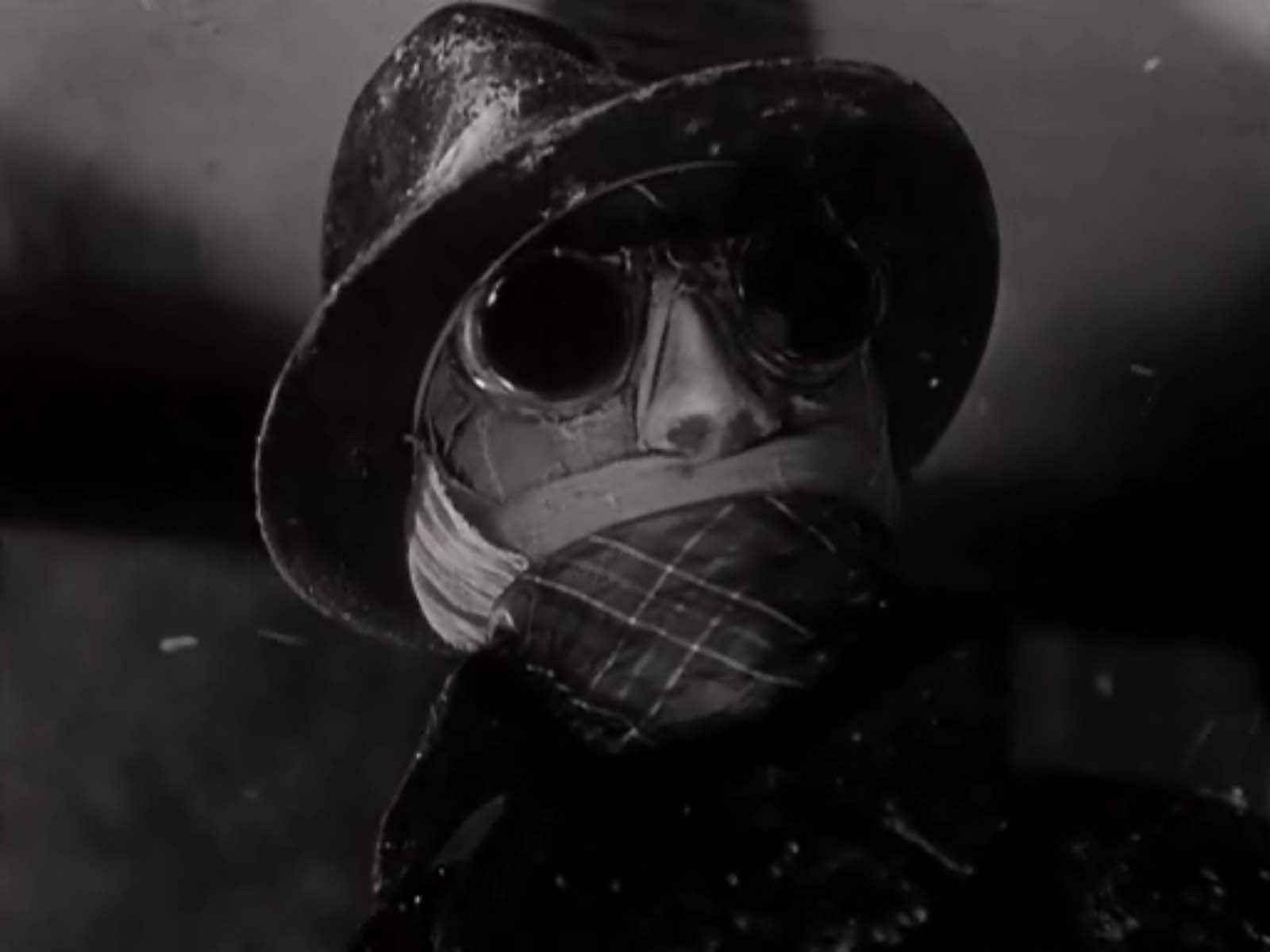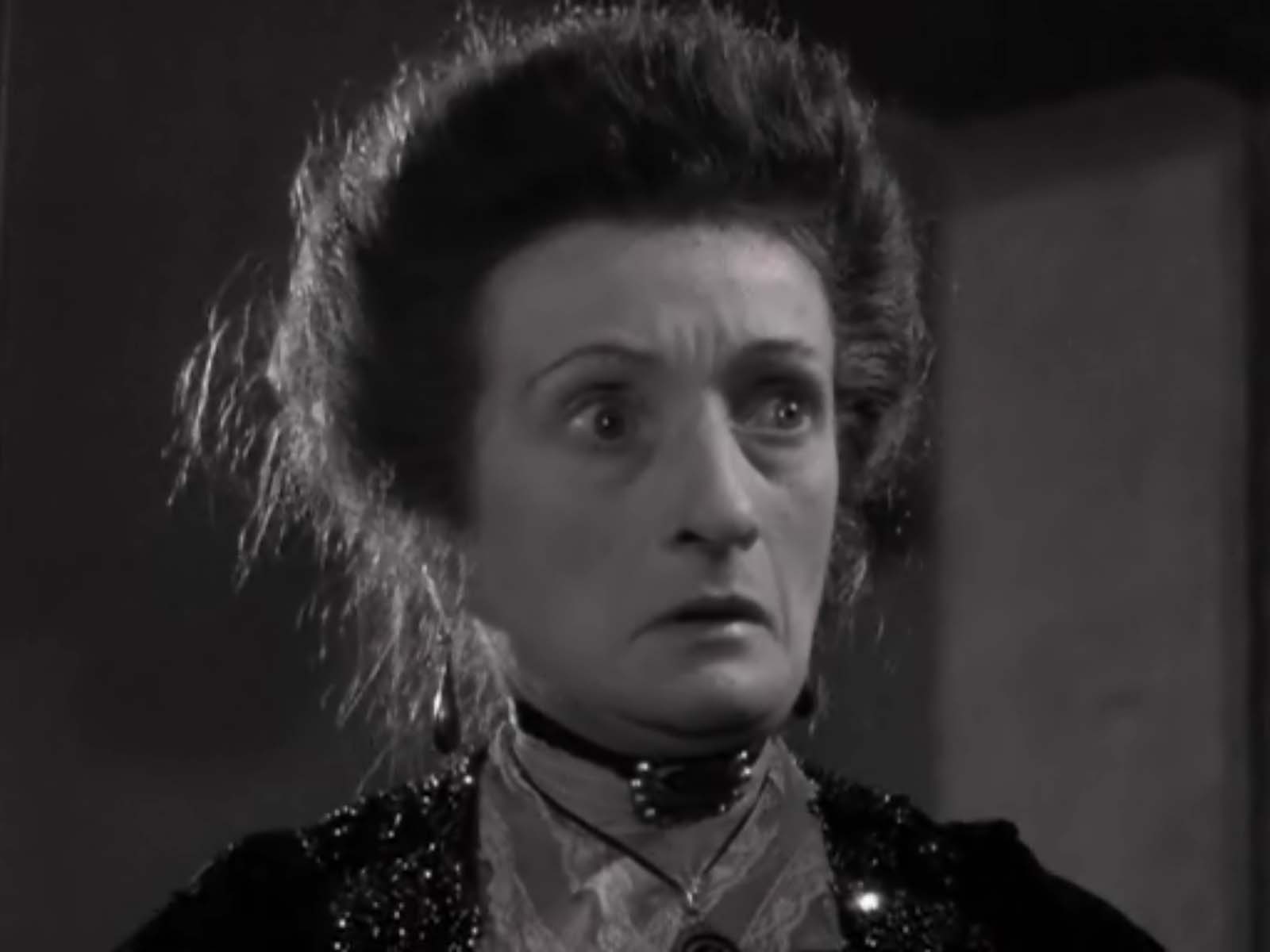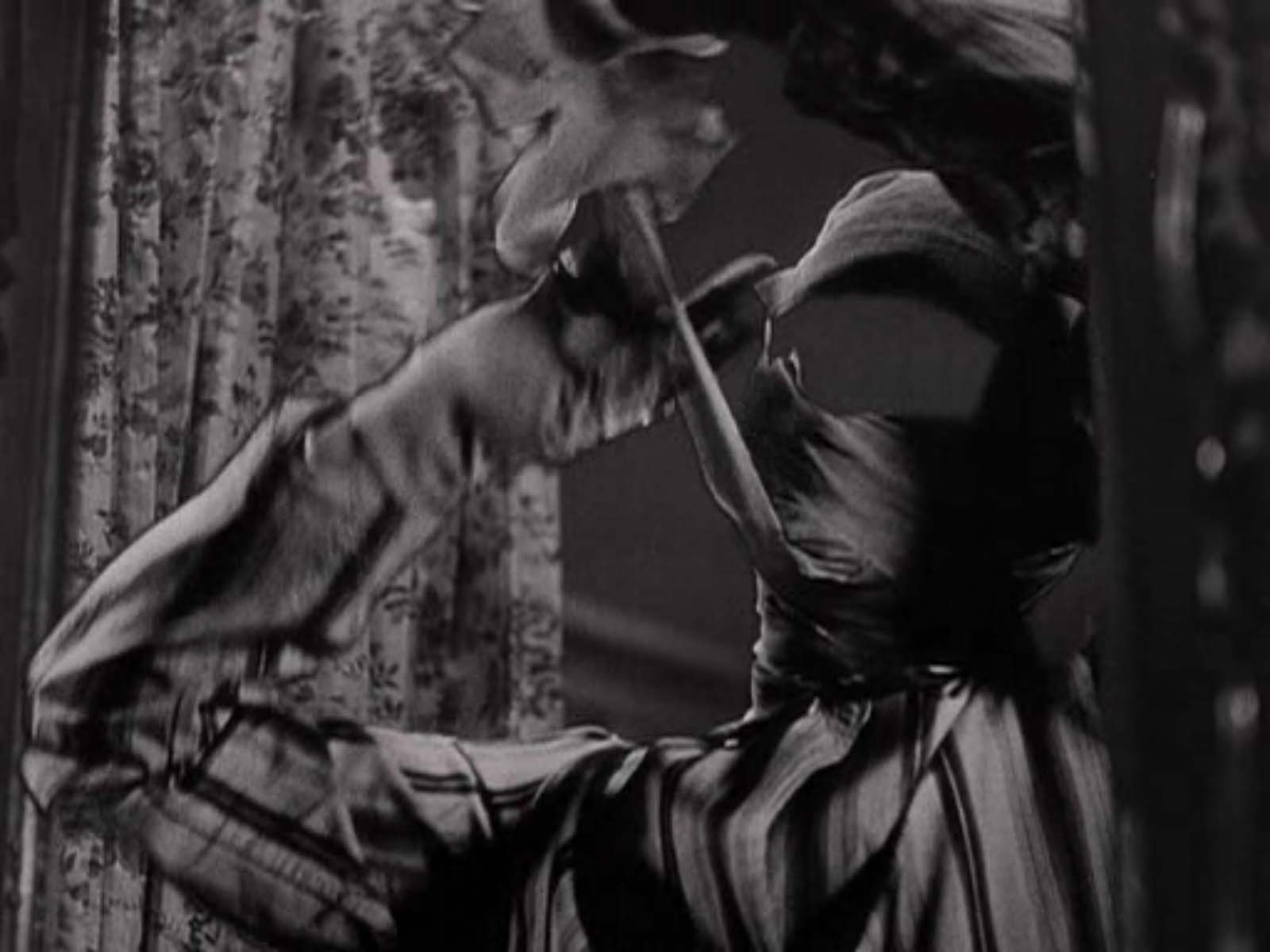|
Genres, Themes, Actors, and Directors:
- Charles Boyer Films
- Fay Wray Films
- Gloria Grahame Films
- Lauren Bacall Films
- Lillian Gish Films
- Marital Problems
- Oscar Levant Films
- Paul Stewart Films
- Psychotherapy
- Richard Widmark Films
- Susan Strasberg Films
- Vincente Minnelli Films
Review:
Vincente Minnelli’s widescreen, all-star melodrama — based on William Gibson’s bestselling novel — is a truly puzzling venture. While it seems impossible that any movie starring Richard Widmark, Gloria Grahame, Lauren Bacall, Lillian Gish, and Susan Strasberg (and taking place in a mental institute) could be a clunker, this one comes awfully close. Part of the problem stems from the format of the film itself, with the characters literally engulfed by the widescreen camera:
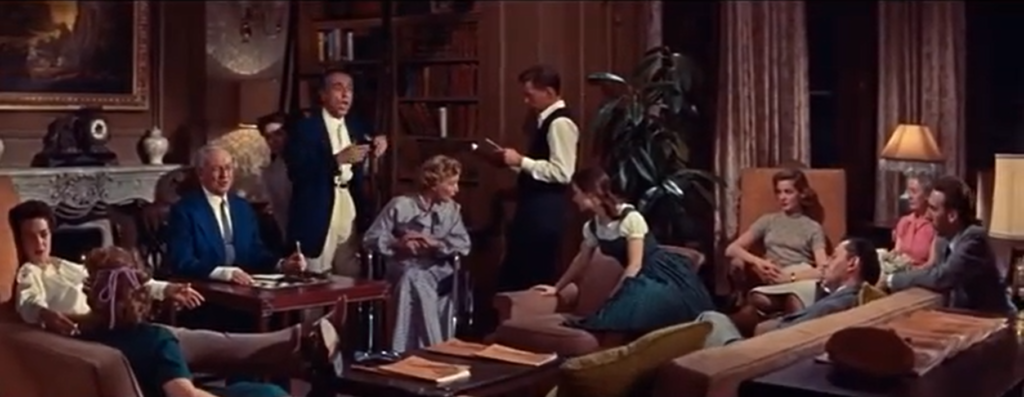
Equally problematic — and common to many ensemble films, especially those adapted from dense novels — is how underdeveloped each of the characters ultimately is, with none given enough screentime to truly shine. Bacall (a nominally “central” character) is especially underserved:

while Strasberg’s admittedly minor role as an inmate is so slight she barely registers.
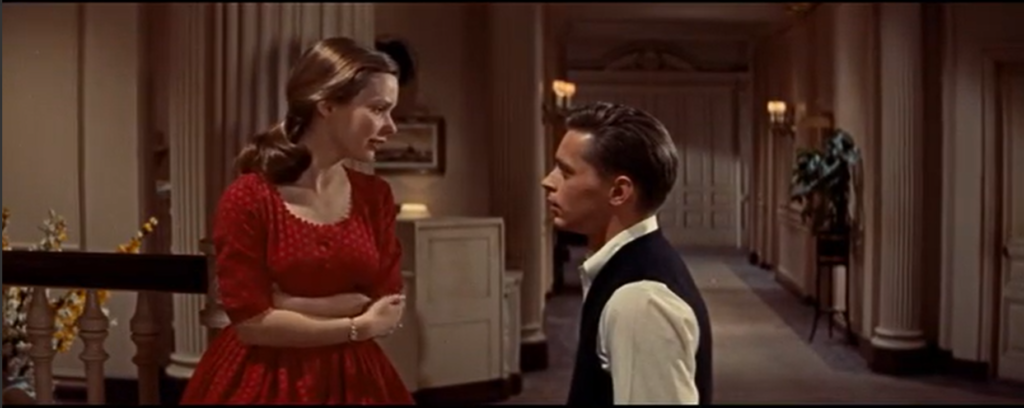
Some have noted that the film’s very premise — curtains — is enough to push it into the realm of enjoyable camp:
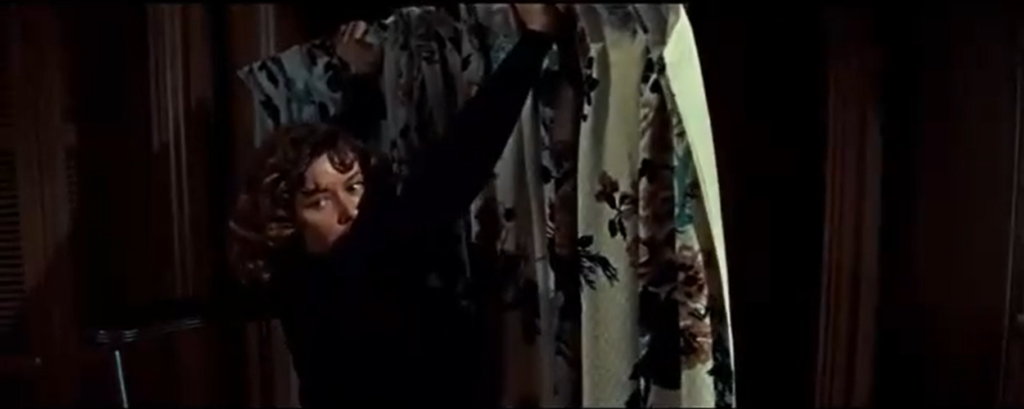
but I failed to see it this way. Ultimately, The Cobweb is only worth seeing for the lead actors, who do their best with limited material.
Redeeming Qualities and Moments:
- Richard Widmark’s sympathetic turn as Dr. McIver
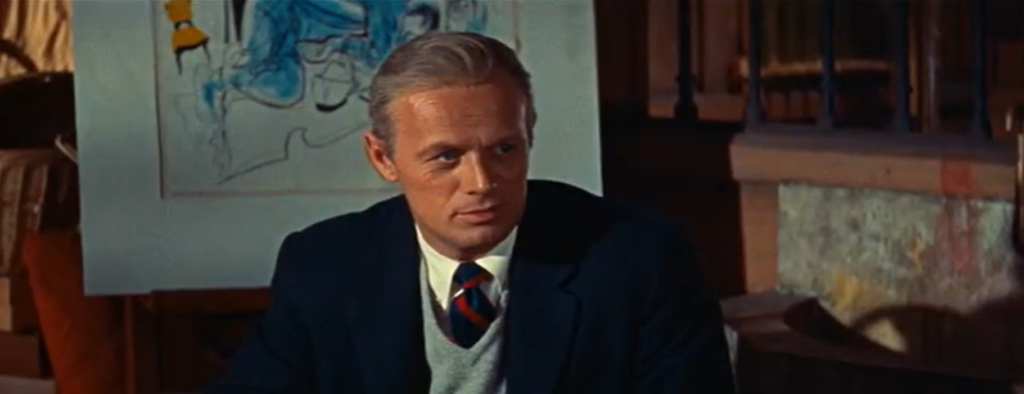
- Gloria Grahame as McIver’s neglected wife
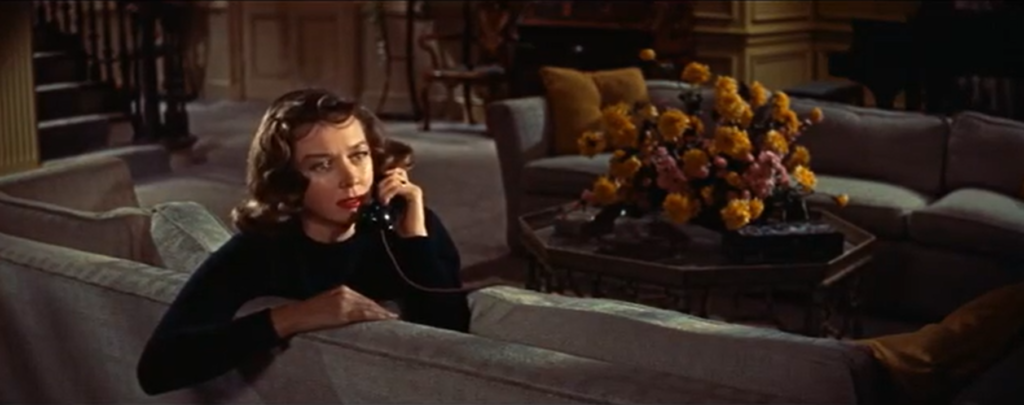
- Charles Boyer as tippling Dr. “Dev”
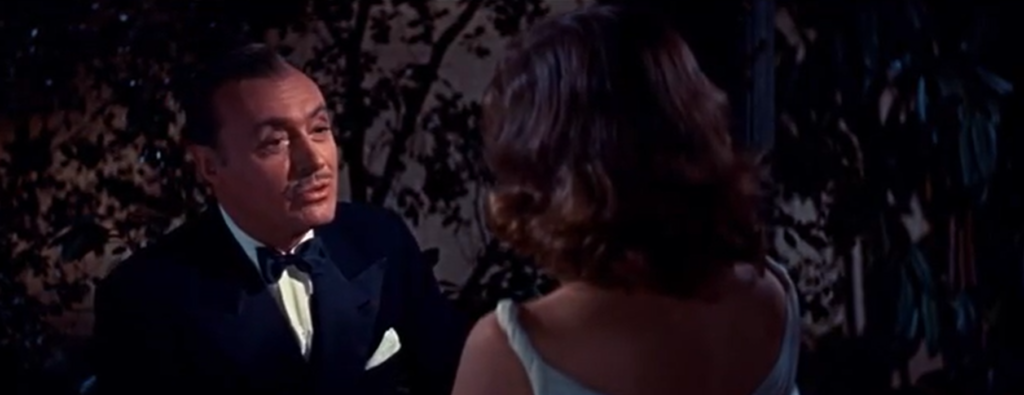
- Fine cinematography and production values
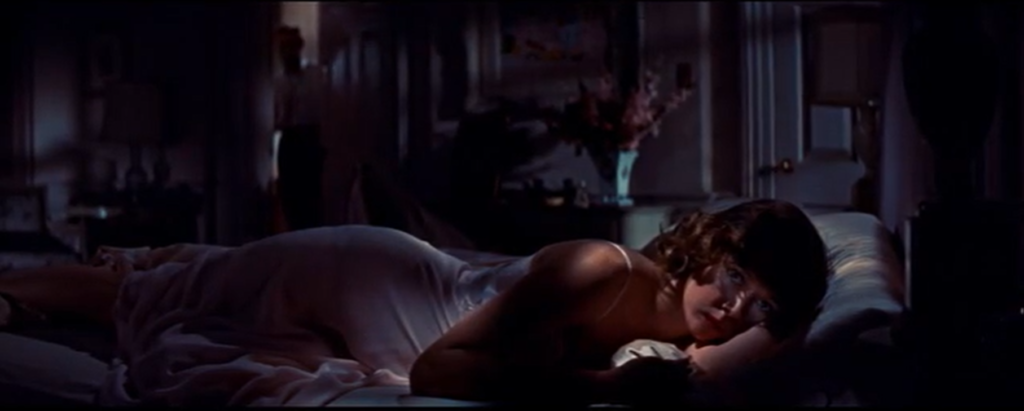
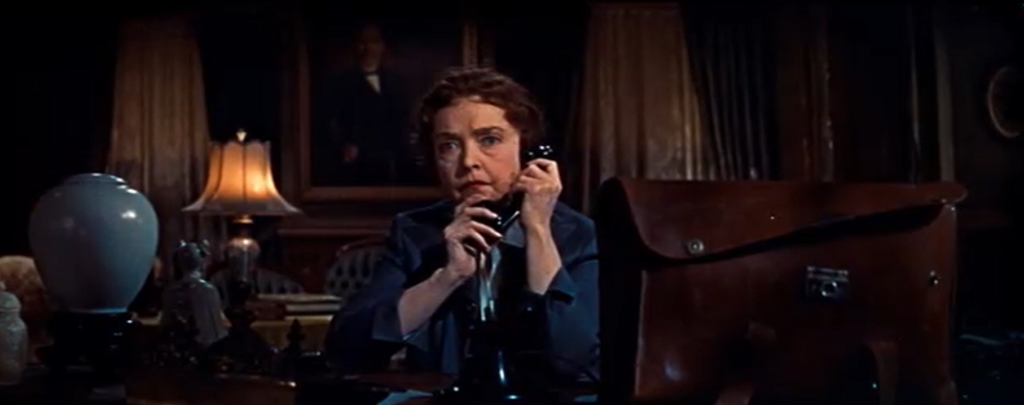
Must See?
No; it’s unclear to me why this overstuffed melodrama has developed a latter-day following.
Links:
|
